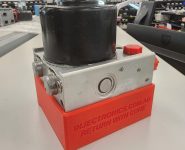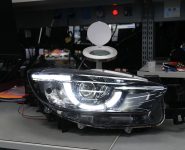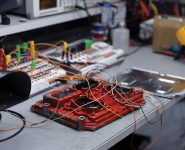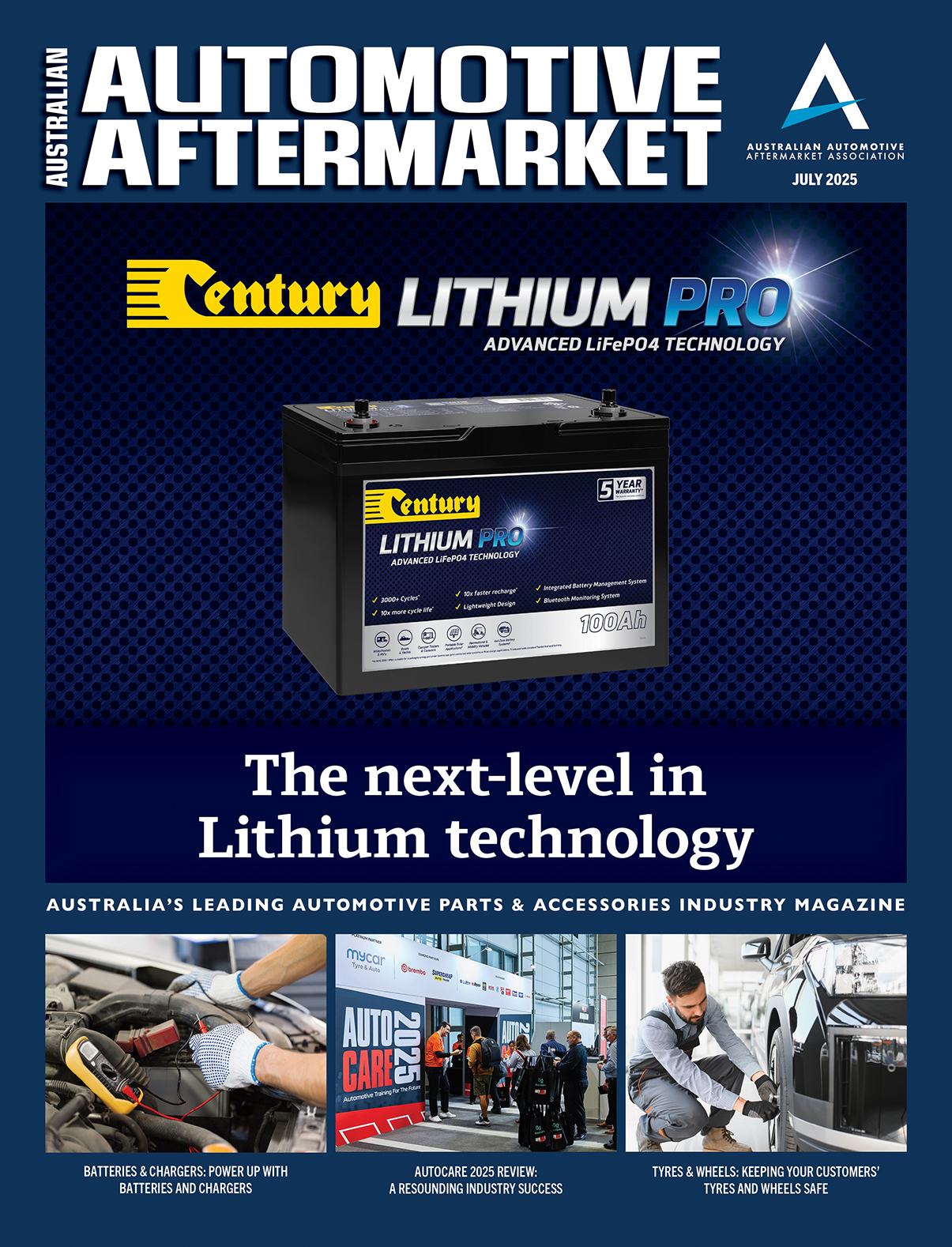POWERING INTO THE FUTURE
IM Group General Manager of of Circular Hybrid and Electric Vehicle Power Solutions, Dickson Leow, takes a look at the current EV landscape
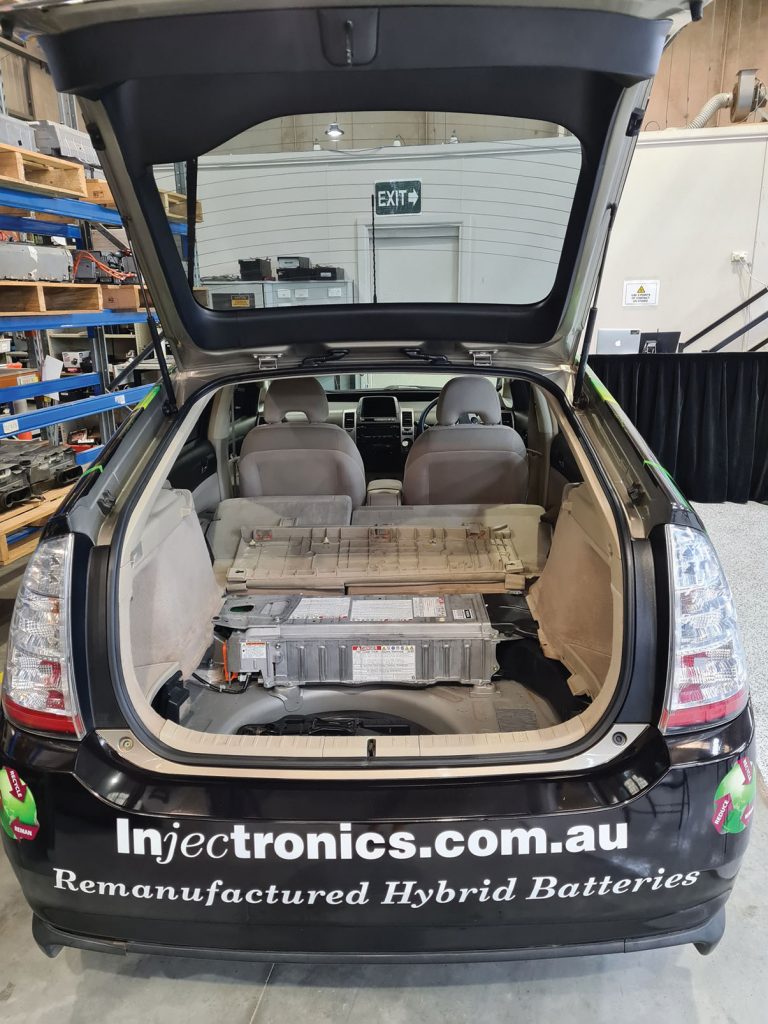
A recent article about the cessation of the Prius model from the Australian market signifies some maturity of the electrification of models in Australia, although Australia still lacks behind many regions around the world in the adoption of EVs.
The Prius nameplate was synonymous with technology and electrification, and after 15 years, each Toyota model line has a hybrid drivetrain and more electrification of the powertrain from the likes of Tesla, Honda, Kia, Hyundai, and many new technology-turn car makers are on this electrification journey.
It is, however, more than just a transition to a new battery-derived drive train and more about how we transition towards sustainable electrification, where our next generations have a sustainable future.
A better tomorrow
Although the uptake of EVs and derivatives such as plug-in hybrid electric vehicles (PHEV) and HEV has been slow in Australia, their numbers are increasing rapidly each year.
With such an increase and expansion in the uptake of these alternative fueled vehicles, state and local governments must consider the ways these vehicles will impact road operations and the potential opportunity of harnessed energy it creates – especially with the growing availability of models and because of the potential for reduced operating costs, oil displacement and some environmental benefits.
The primary value of EVs (and their derivatives) is the reduced fuel costs by substituting some petrol with electricity, but this benefit is offset by higher purchase costs (in comparison to the ICE variant, largely due to the cost of batteries).
According to the Australian Bureau of Statistics (ABS), as of 2019, there were 19.5 million registered vehicles on Australian roads, with an average age of 10.2 years.
According to VFACTS, an average of about one million vehicles are sold, of which Zero Emission Vehicles (ZEVs) – account for less than one per cent.
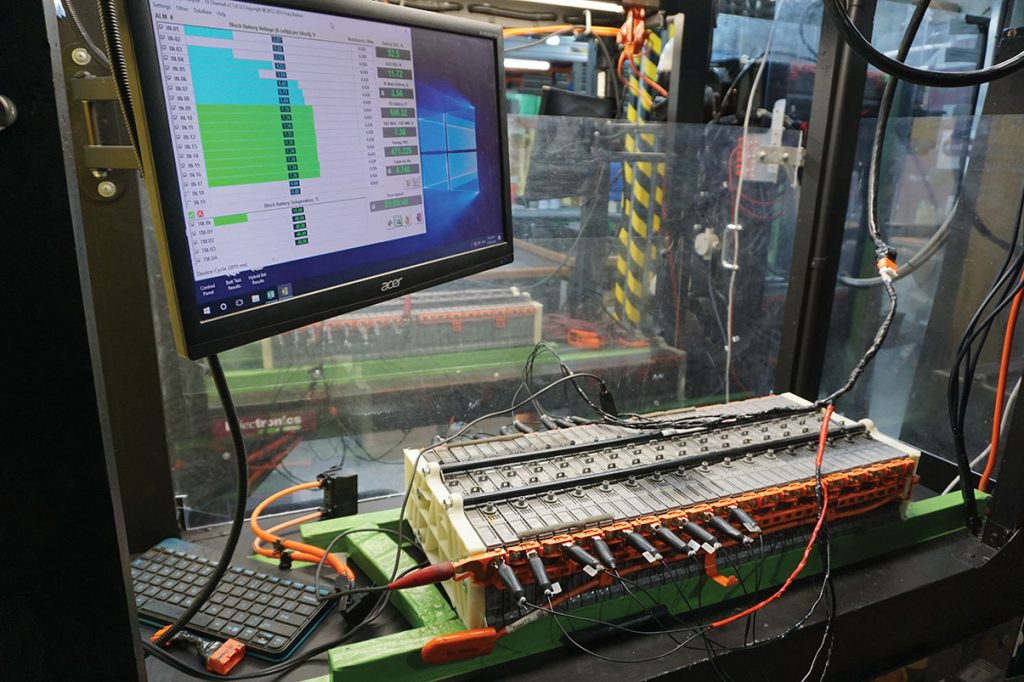
There are many reasons attributed to the low uptake rate in Australia including vehicle price, model availability, access to charging infrastructure, charging time, incentives, service support and education.
However, as mentioned sales are encouraging over the past three years. Many manufacturers are waking up to the trend and allocating an alternative fueled vehicle to the mix in their model line-up. You can now purchase an EV across many car brands, including Hyundai, MG and Mercedes Benz.
In a March 2020 article by Infrastructure Magazine, the Chief Technology Leader and National Leader, Future Transport Systems at NTRO, said, “By supporting the transition to EVs and ZEVs, road operators can help shape how charging infrastructure is modelled – as opposed to random third party install – what incentives could be considered to generate greater uptake, and how road design, planning, maintenance, build and implementation could be influenced.”
This article also stated the benefits of supporting the transition, including:
• Life-saving technology and contribution to ‘Towards Zero’
• Fewer GHG emissions than fossil fuel-powered vehicles
• Reduced energy consumption by returning energy to the grid
• Reduced dependence on the importation of fossil fuels
• Possible creation of tens of thousands of jobs
Another benefit of battery-powered vehicles is the potential of data sharing with insights to many sensors monitoring the road surfaces or vehicle movements.
Also, the information on origin and destination information could be collected to better plan road network loading and peak periods of charging.
This is due to the charging of EVs and PHEVs, where there is an indirect impact on the operational requirements of the energy utility company as the load may trip a blackout over-loading scenario. The information will allow for better optimisation of energy required and production.
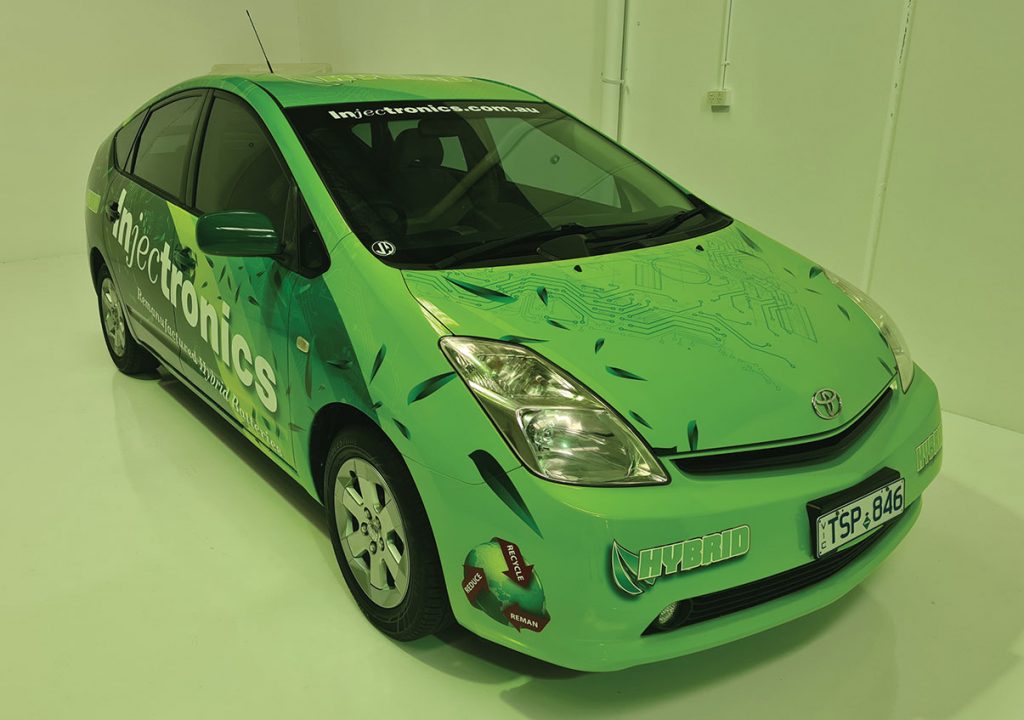
The new labour force
Over the next decade, the required knowledge and skill sets of existing manufacturers and suppliers will need to shift dramatically due to several variables and factors driving this.
As vehicles get “smarter” and communicate with each other and infrastructure, the software and connected sensors become critical, and the needs of these digital talents are essential.
Research suggests there are shortages of employees across the industry supply chain as we transition from mechanical components to electronic and electrical circuitries.
However, wireless “over-the-air” updates to diagnose faults could be the norm rather than having to book your vehicle in for a mechanic to check your faults.
As the chemistry of the vehicle changes, the automotive workforce will also follow suit. A new kind of “mechanics” and “technicians” are needed to complement the future vehicle labour force – essentially transitioning how an auto mechanic trains to become a data analyst to determine why a vehicle is discharging energy abnormally or investigating how the cooling system is ineffective and triggering the battery management system to display a fault code.
There are, however, many similarities between EVs and ICE vehicles. The service process and moving parts, although they can be different, are still necessary, such as suspension, brakes, electronics and interior components, lighting and wiring, steering, and transmission servicing to name a few.
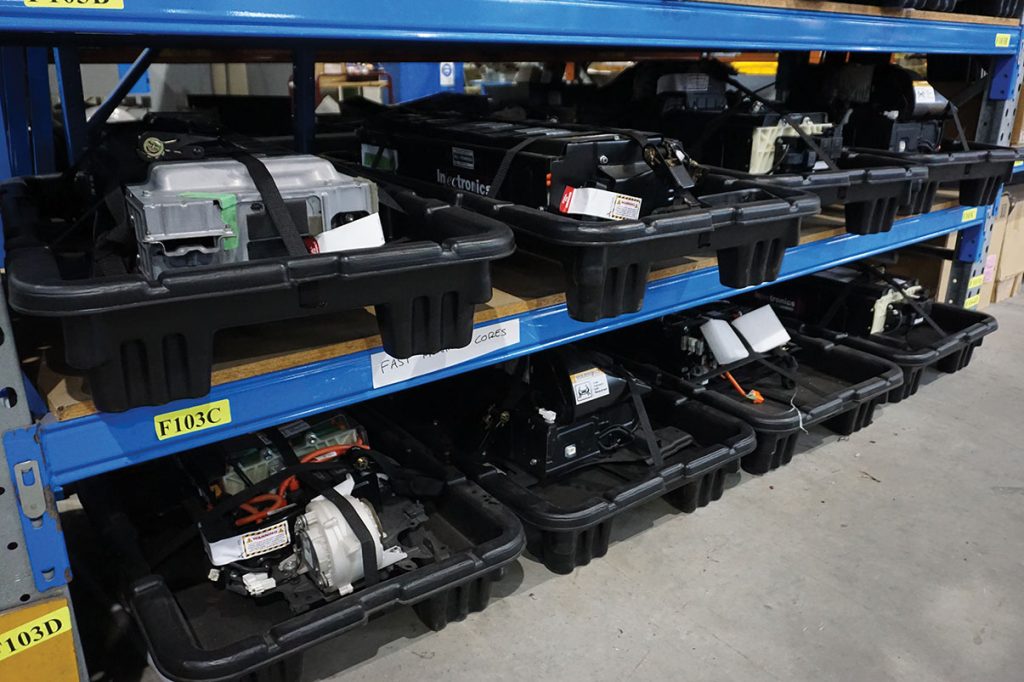
EV is a small part of the smart mobility movement
A smart mobility society focuses on total solutions for sustainable mobility without impact on the environment and this includes the various powertrains such as EVs, PHEVs, Hybrids and even Hydrogen Fuel Cell vehicles.
The EV aftermarket offers a stepping-stone into the broader world of smart mobility. Of interest is the use of the EV batteries once they are no longer suitable for powering vehicles, but adequately amped for stationary energy use, like as a Battery Energy Storage System (BESS).
It has been suggested that stationery and transportation energy storage combined markets are estimated to grow between 2.5 to 4 terawatt-hours (TWh) annually, approximately three to five times the current 800-gigawatt-hour (GWh) market.
This rapid transition toward transport electrification and decreasing battery storage costs triggered an increase in research and market deployments of BESS to ensure the readiness of the sector for electrification.
IM Group at its Hallam facility is conducting such a pilot of BESS to store and manage energy in collaboration with Sustainability Victoria and its technology partner. The findings will be released later this year and IM Group says the results will be of interest to the automotive industry.
For more from IM Group, visit www.im-group.com.au



